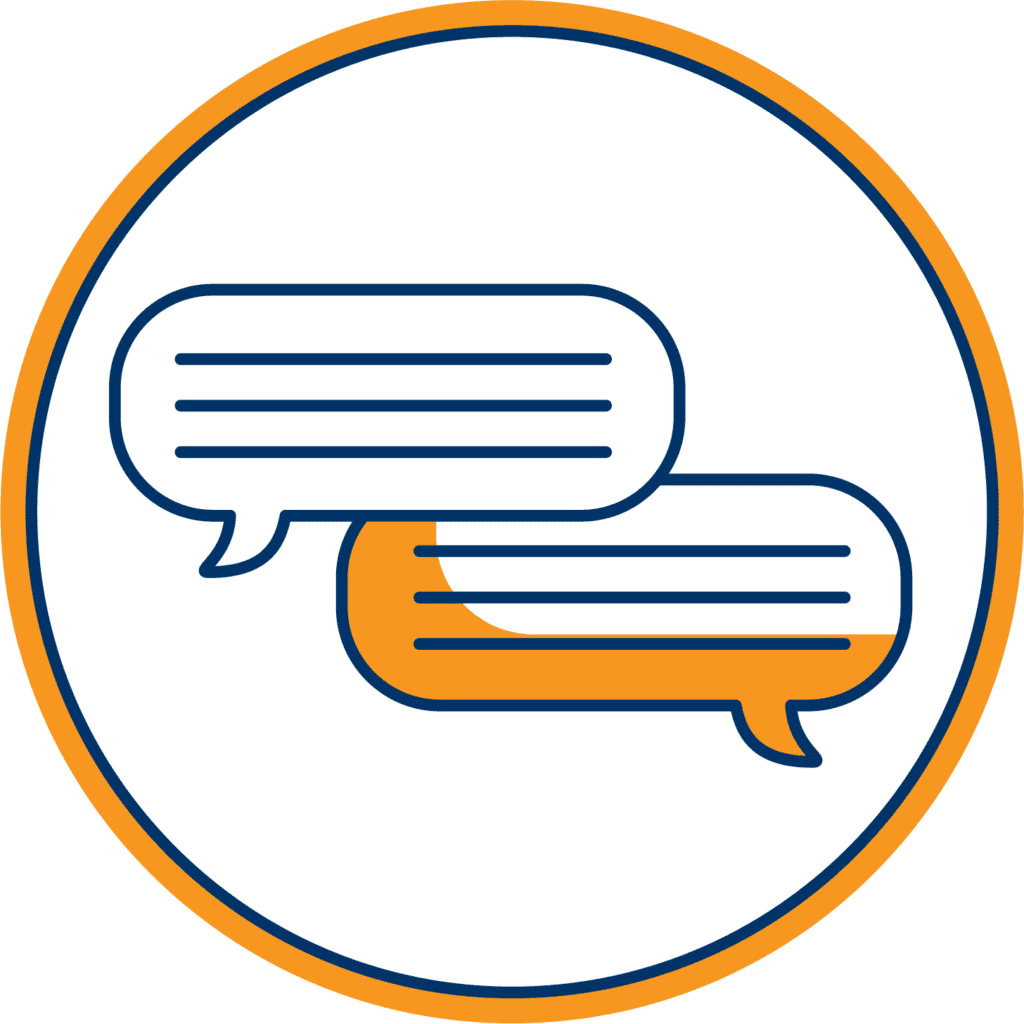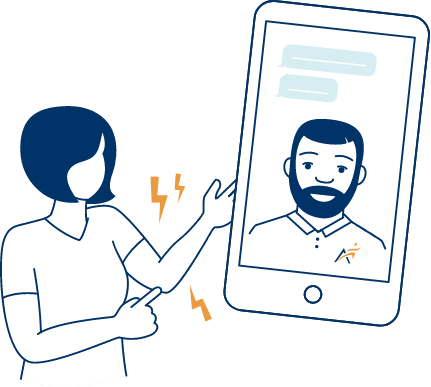- About
Who We Are
Partner With Airrosti
Testimonials
- Locations
Nationwide Care
Our virtual care option, Airrosti Remote Recovery is available nationwide.
Find A Location Nearest You
- Injuries We Treat
- No Cost Assessments
- Virtual Care
- Careers
Our virtual care option, Airrosti Remote Recovery is available nationwide.
(21,000+ reviews on Google across 150+ locations)
In this video, Kate Lakin, DC discusses IT Band Syndrome. She explains what activities can cause irritation along the IT Band and how this can lead to nagging knee pain. Lakin also discusses common treatment options for this injury and how Airrosti’s approach differs. At Airrosti, we pinpoint the root of pain to treat it directly at the source. Read more about our injury resolution results here.
The iliotibial band (IT band) is a band of fibrous connective tissue on the lateral aspect of the knee, running down the outside of the thigh. This band interacts with the quadriceps, hamstrings, gluteal muscles, and hip flexors. Its primary function is to provide stability to the outer knee and hip during movement. It may overdevelop, tighten, and rub across the hip bone or the outer side of the knee. This condition is particularly common in those who participate in running, cycling, or other aerobic activities.
The IT band acts primarily as a stabilizer during running or other strenuous activity and may become irritated from overuse. The pain is typically felt on the outside of the knee or lower thigh, but it may also be felt near the hip. It is often more intense when descending stairs, or getting up from a seated position. Pain can be severe enough to completely sideline a runner for weeks or even longer.
IT Band Syndrome (or ITB Syndrome) — also known as iliotibial band friction syndrome — can result from any activity that causes the leg to turn inward repeatedly. This can include wearing worn-out shoes, running downhill or on banked surfaces, running too many track workouts in the same direction, or simply running long distances.
Unlike many overuse injuries, however, this condition afflicts seasoned runners almost as much as beginners. Muscle tightness or lack of flexibility in the buttock or thigh muscles may increase the risk of injury. ITBS is more common in women, possibly because some women’s hips tilt in a way that causes their knees to turn in.
Because the most notable symptom is typically swelling and pain on the outside of the knee, many runners mistakenly think they have a knee injury. The best way to tell if you have an IT band problem is to bend your knee at a 45-degree angle. If you do, you’ll feel pain on the outside of the knee.
As mentioned above, the main symptom is pain on the outer side of your knee, just above the knee joint. Early on, the pain might go away after you warm up. Over time though, you may notice it gets worse as you exercise.
Other symptoms include:
Once you notice pain related to this condition, rest is usually recommended. If you don’t give yourself a break from running or other strenuous activity, and you fail to seek treatment to resolve the source of the pain, ITBS can become chronic. The condition may take several weeks to resolve with proper rest, or even up to several months in severe cases. If it doesn’t improve, your doctor may prescribe cortisone injections to break up scar tissue and speed healing. But cortisone presents its own risks, as it can weaken ligaments and tendons. Consider cortisone injections as a “second-to-last resort.” Your last resort with traditional care is surgery to release and mobilize the IT band.
Recovery usually involves active care rehabilitation, such as the use of foam rollers and foam rolling, specific stretches and IT band exercises prescribed by a physical therapist, and/or an extended physical therapy program.
Iliotibal (IT) Band Syndrome is a very common overuse injury among athletes, particularly runners. Traditional treatment is troublesome for athletes, since they will likely have to skip running until full recovery. Without proper care from a skilled musculoskeletal provider, inflammation and adhesion of inflammatory healing tissue to the surrounding normal tissues can threaten the complete recovery of the injured area.
Airrosti can resolve your injury quickly and safely, allowing you to return to activity much sooner. More importantly, we can help make sure you achieve a full recovery without the risk of injury recurrence.
Learn more about how Airrosti helps patients recover rapidly from this and other sports injuries quickly — without the need for painful or potentially harmful injections and surgical procedures.
Reviewed by Casey Crisp, Doctor of Chiropractic
Disclaimer: Always consult with your doctor before starting any exercise program. If you experience any numbness, tingling or reproduction of your symptoms, please contact your doctor.

Many thanks to Dr. Friendt for the successful treatments, but even more for educating me on how to identify root causes and better treat myself. I've been able to self-correct issues with my IT bands and hip flexors on an ongoing basis thanks to him and the physical therapy exercises prescribed. I wish I'd gone to him sooner!
by Julie Wood
IT Band (Iliotibial Band) Syndrome: Causes, Symptoms And Treatment
IT Band (Iliotibial Band) Syndrome: Causes, Symptoms And Treatment
IT Band (Iliotibial Band) Syndrome: Causes, Symptoms And Treatment
IT Band (Iliotibial Band) Syndrome: Causes, Symptoms And Treatment
IT Band (Iliotibial Band) Syndrome: Causes, Symptoms And Treatment
